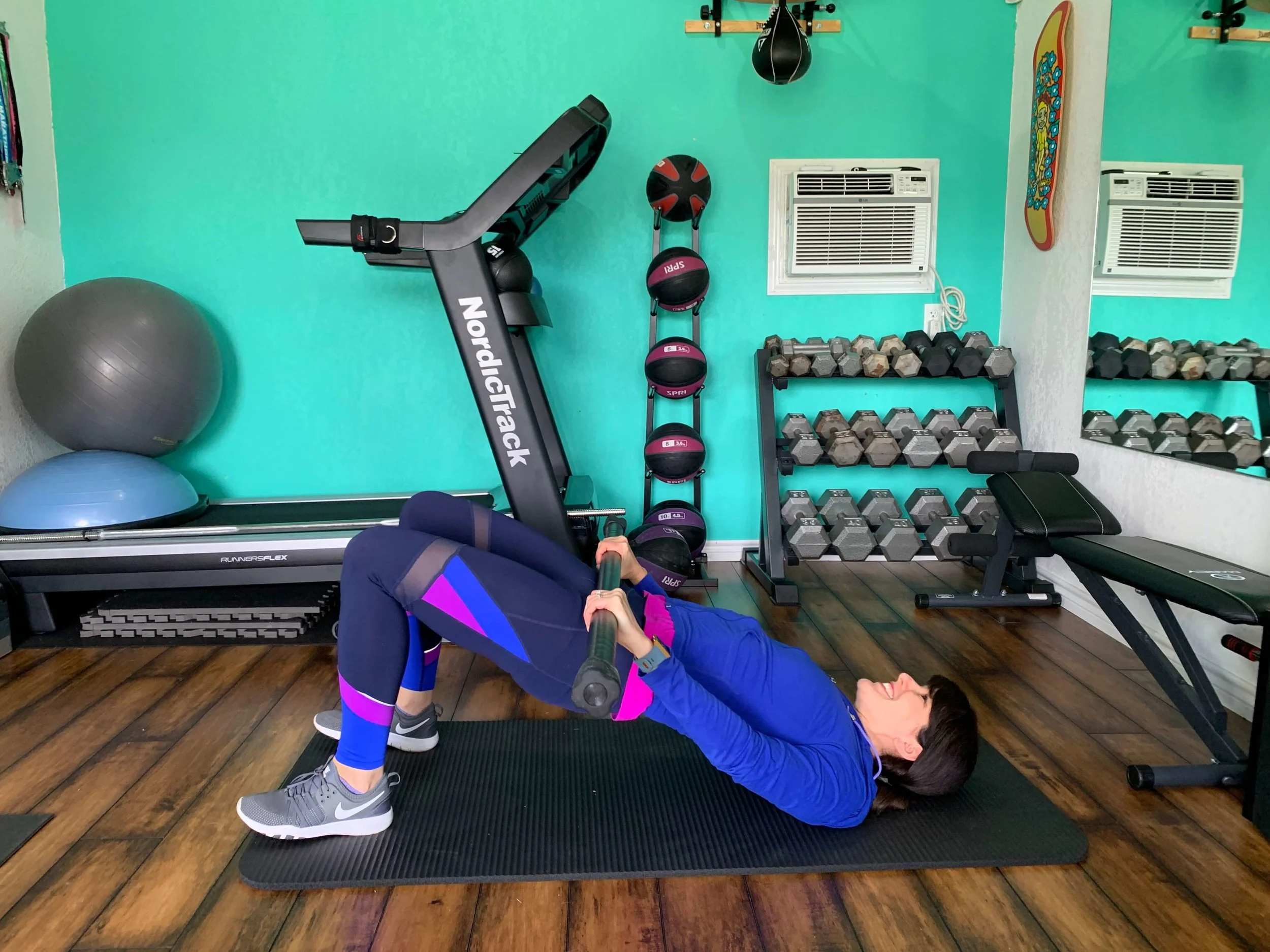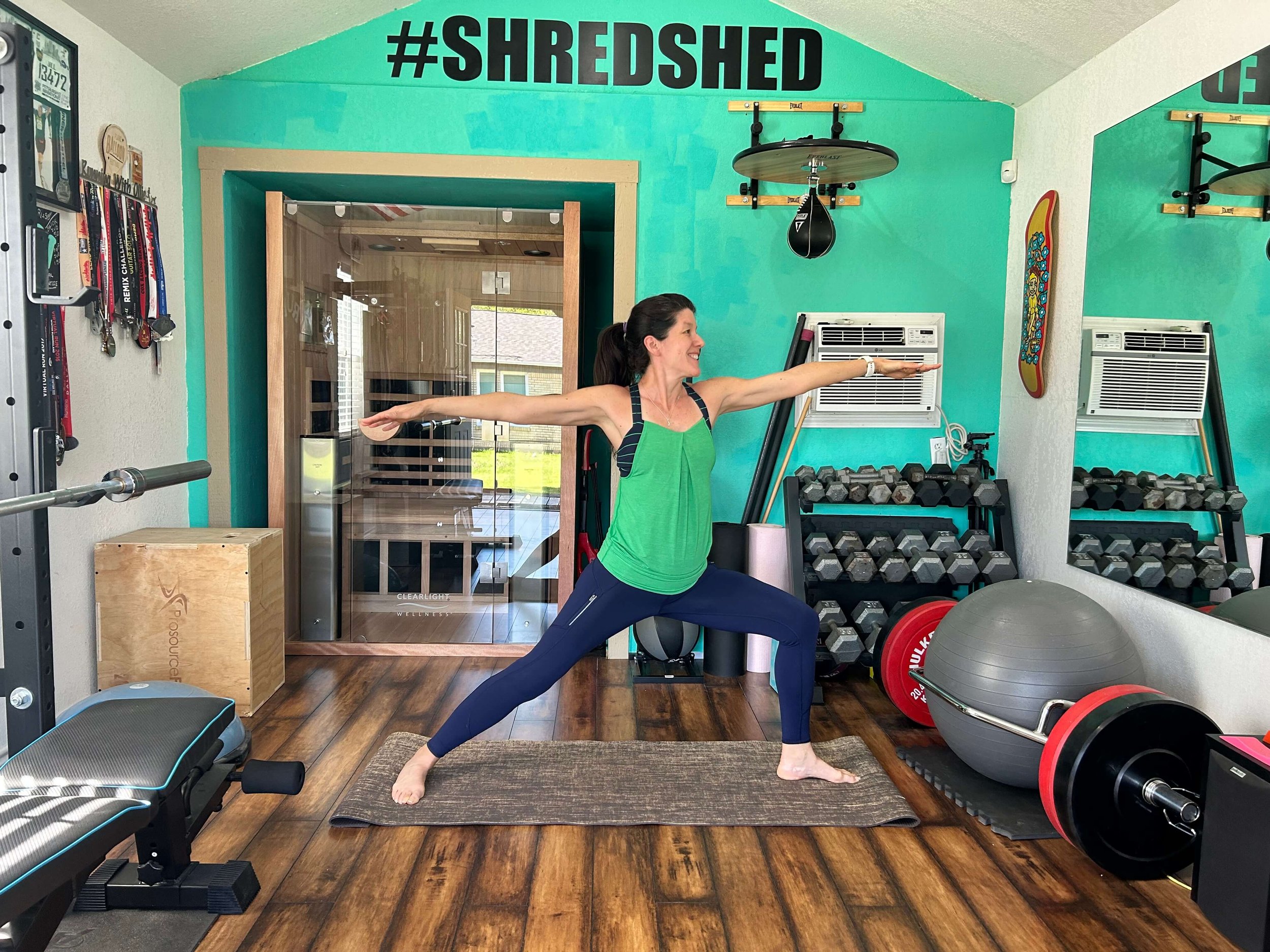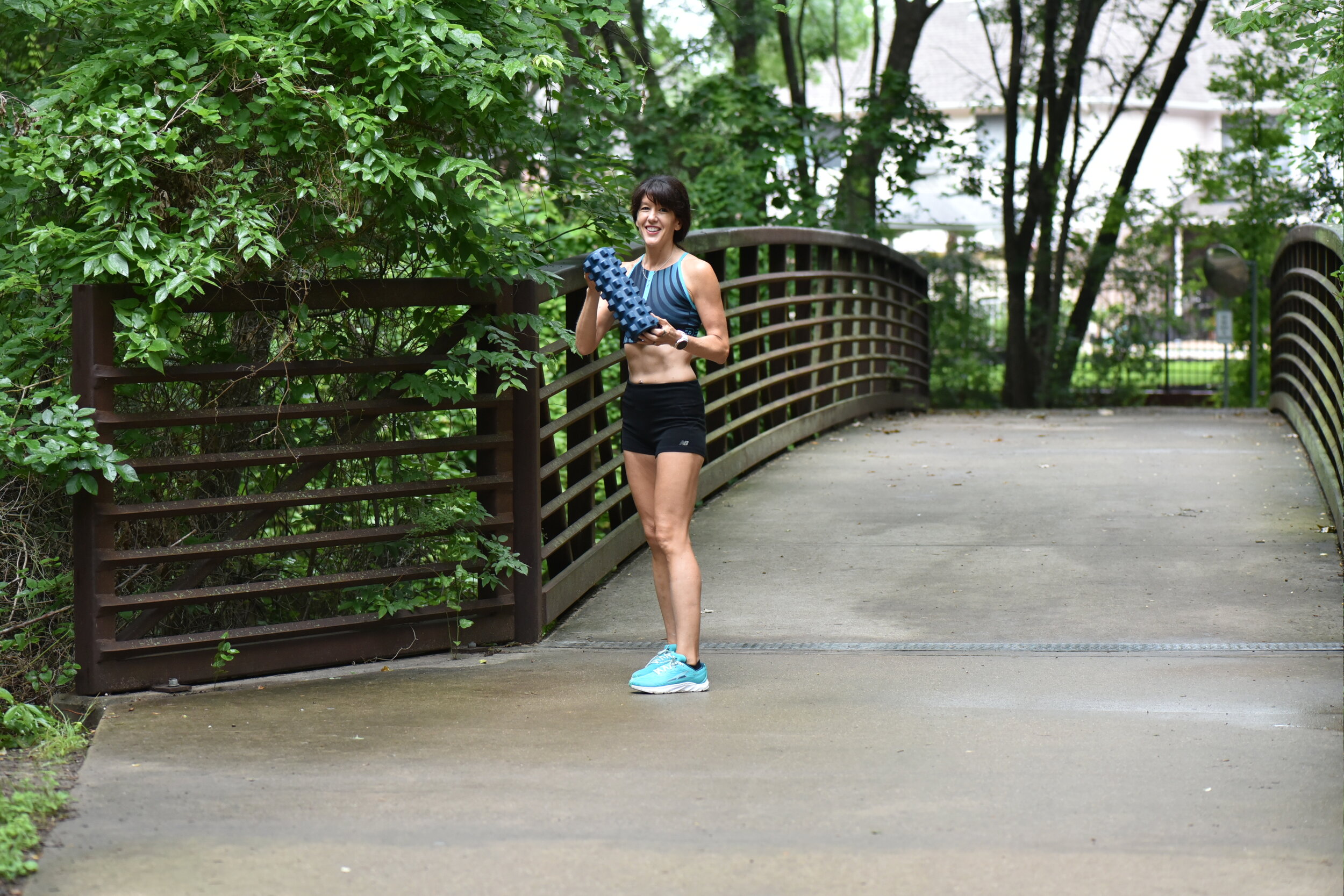Welcome to “Workout Wednesday” when each week I share a new running workout or strength training for runners exercises. I am starting a new series where I will go deeper into the best exercises for running performance.
I’m a big proponent of strength training for runners, but that doesn’t mean to spend all day in the gym performing exercises that won’t elevate your running performance. I’ll demonstrate multiple variations and progressions of the exercises that benefit runners the most and show you how to fit them into your workout and running schedule.
BRIDGE VARIATIONS FOR RUNNERS
As a runner, you need strong Glutes to power your run. Performing bridges before your run (or weights workout) strengthens and activates your Glutes, engages your core, and is an active hip flexor stretch.
Most pains felt in the hips, back and knees stem from weak glute muscles. Use these bridge variations to build hip and core stability to run strong, long and injury-free.
They may not be exciting or impressive, but bridges are an effective activation exercise to do before your run (or squat) to get your Glutes fired and ready to perform.
Perform these exercises slowly and with intention. Think about the muscles you're working during the movement. Pause in the top position for three seconds and squeeze (actively engage) the Glute and ab muscles. Do not rush through the exercises or let your mind wander. Focus on the mind muscle connection throughout the workout for best results.
BRIDGE
Lie on your back with your knees bent and your feet hip distance apart. Squeeze your glutes and engage your abs as you push your pelvis toward the ceiling to form the bridge position, so that your body is in a straight line from your shoulders to your knees.
We are a participant in the Amazon Services LLC Associates Program, an affiliate advertising program designed to provide a means for us to earn fees by linking to Amazon.com.
FROG BRIDGE
Start on your back and place the bottom of your feet together so your knees fall out to the sides. Push your hips to the ceiling for this hip opener variation of the bridge.
BRIDGE WITH MINI BAND
Place a mini band around your knees while performing the bridge to help activate the Gluteus Medius. This is helpful if your knees tend to cave in towards the center while you squat or run.
BRIDGE MARCH
Starting in the bridge position with your hips elevated, bring one knee in towards your chest, then lower back to the start position. Alternate legs for twelve to twenty reps on each side. Don’t allow your hips to sag as your perform the movement.
SINGLE LEG BRIDGE
Single leg work helps strengthen the glute muscles independently so that the stronger side doesn’t take over for the weaker side. Start in the bridge position and straighten one leg to perform a single leg bridge.
ELEVATED BRIDGE
Progress the bridge exercise by elevating your feet on a stable surface like a workout bench.
STABILITY BALL BRIDGE
Challenge your core stability by placing your feet on an unstable surface, like a stability ball.
WEIGHTED BRIDGE
Increase the load of a standard bridge by adding dumbbells, a weighted bar, or a barbell at your hips.
BRIDGE HAMSTRING SLIDERS
For an increased challenge to the hamstrings, place sliders (or towels) under your feet while in the bridge position. With your hips elevated, slide your feet forward to straighten your legs, then bend your knees to return to the starting bridge position.
HOW TO APPLY BRIDGE EXERCISES TO YOUR RUNNING SCHEDULE
Start with the basic bridge exercise, then choose a few of the variations before your next run. Perform 12-20 reps of each exercise or challenge yourself to three sets of an isometric hold of the exercise for 30 to 60 seconds each.
What’s your favorite variation? Give something new a try and let me know how it goes! I’d love to see your favorite on Instagram.
Did you like this post? Do you know someone who might benefit? It helps me when you share with your friends and followers on Facebook, Twitter or Pinterest.
Save to Your Favorite Pinterest Board
www.leagendersfitness.com

















